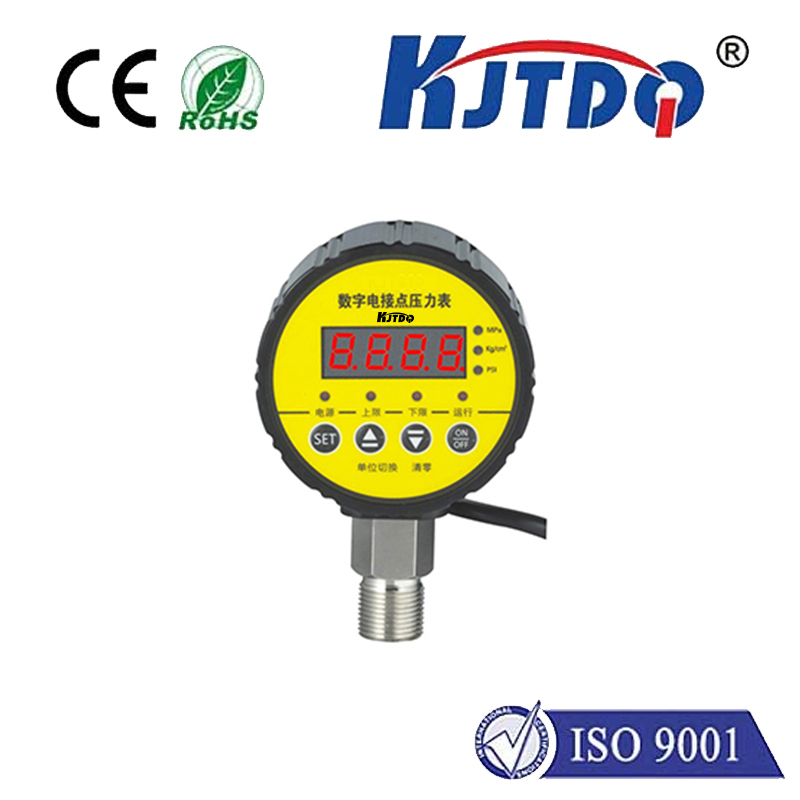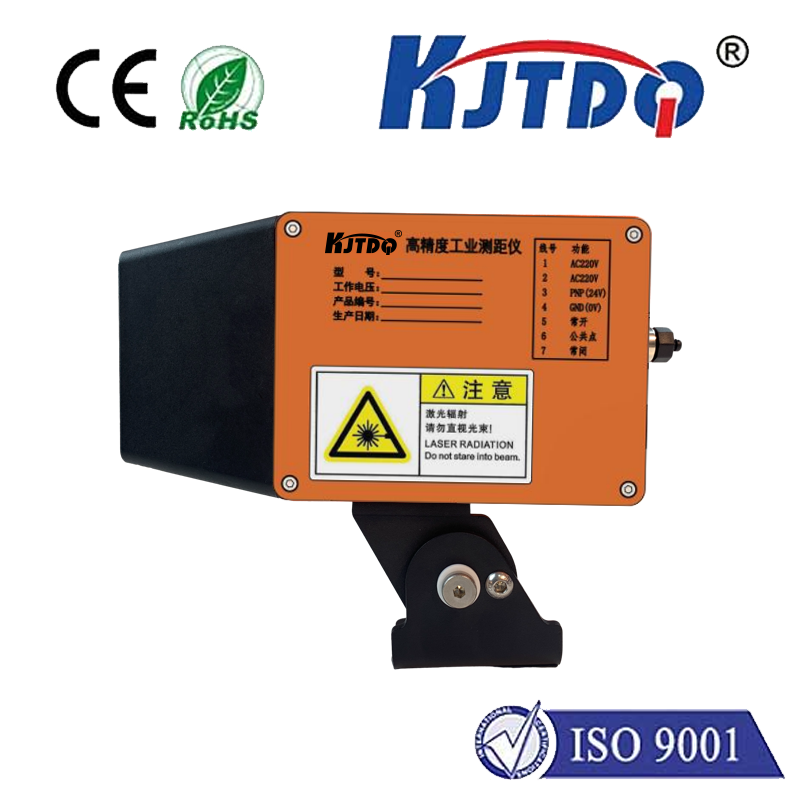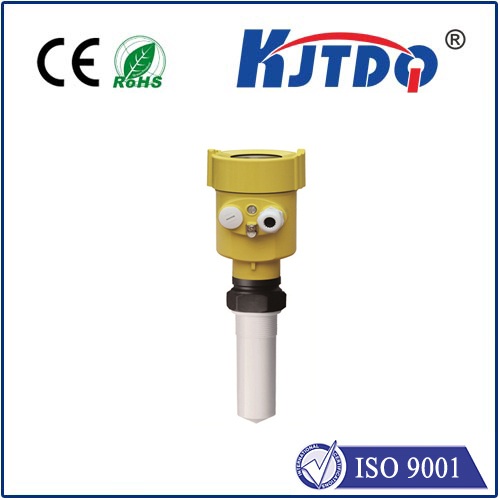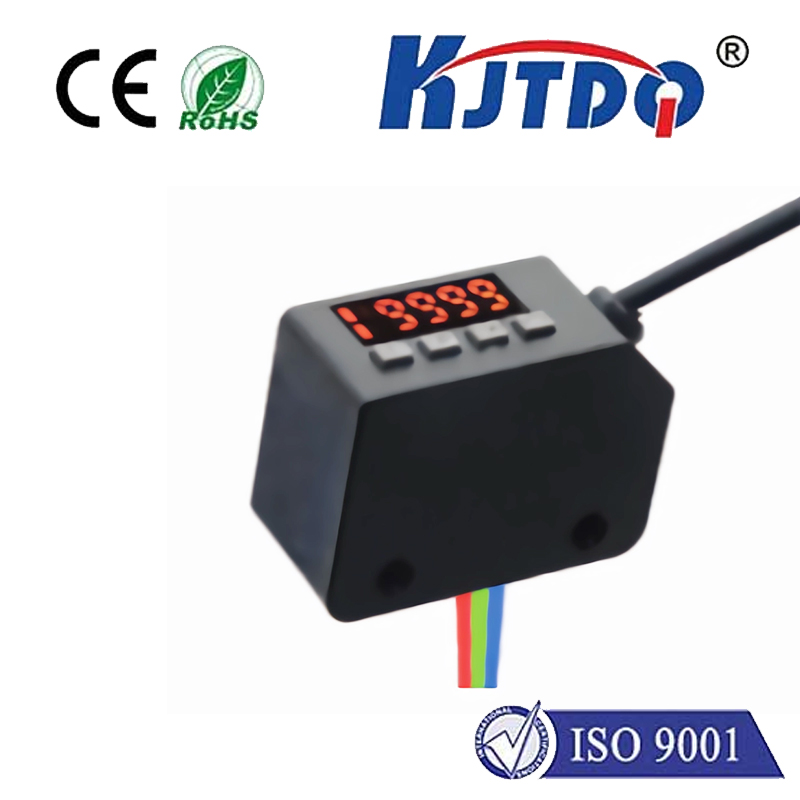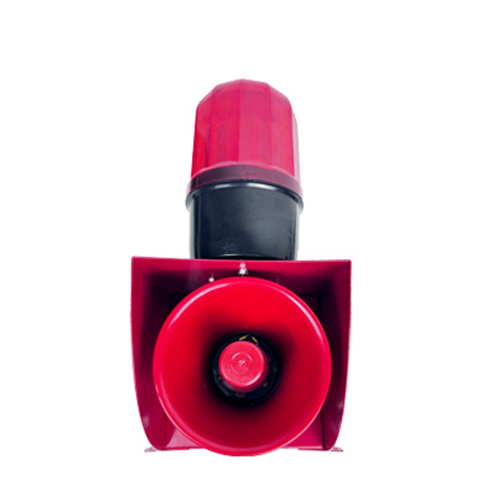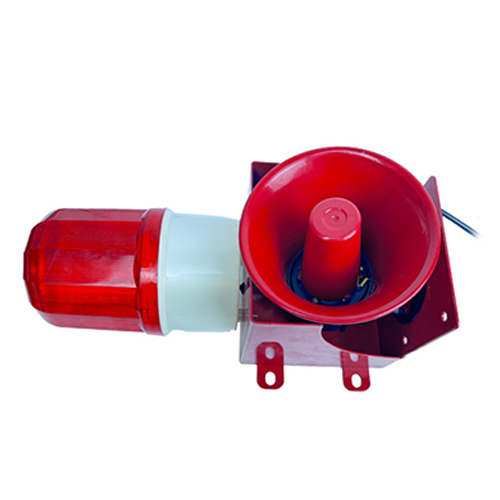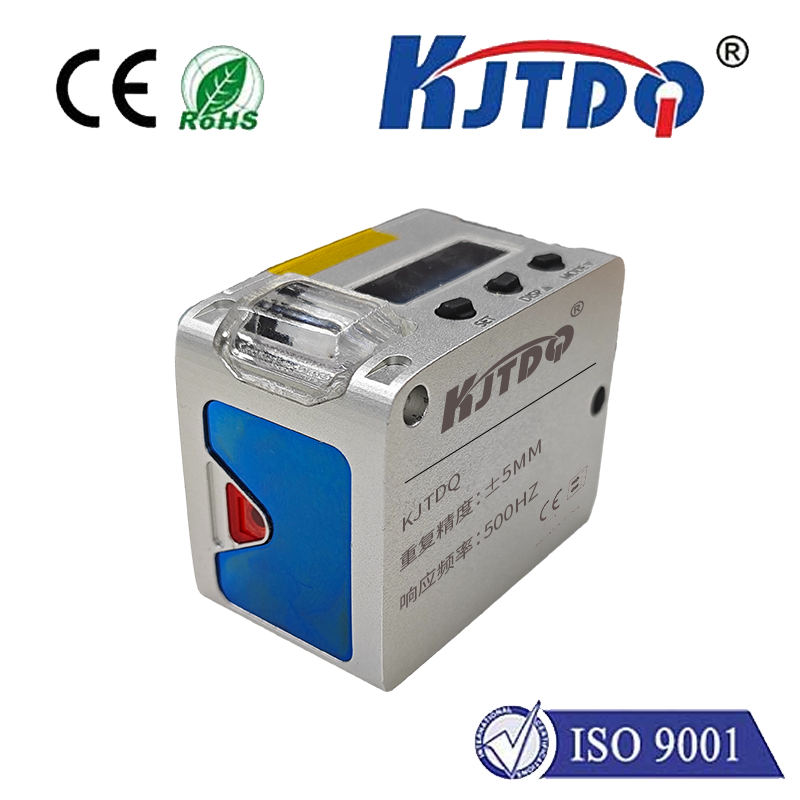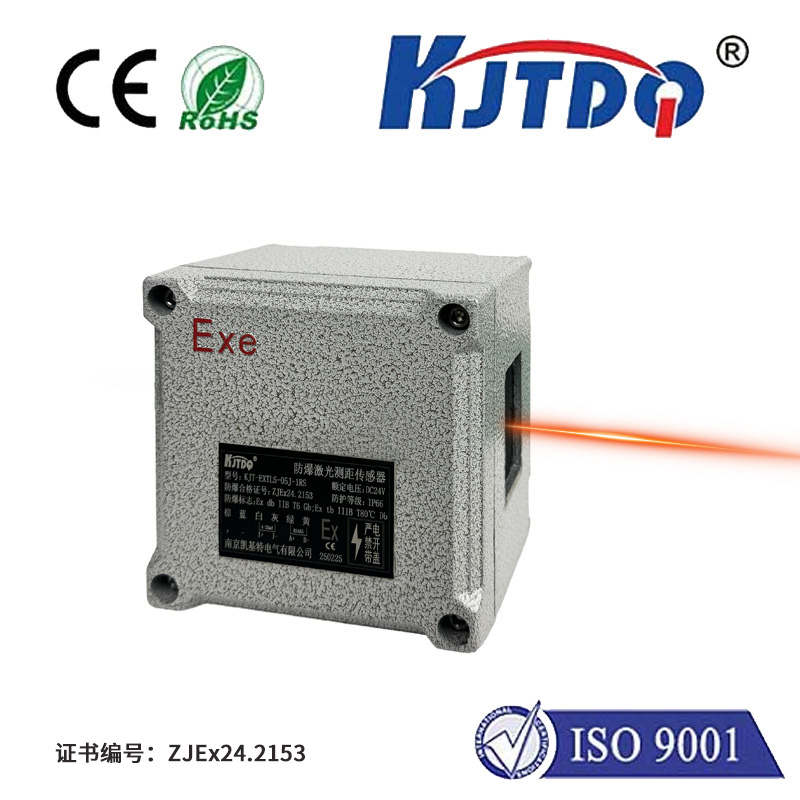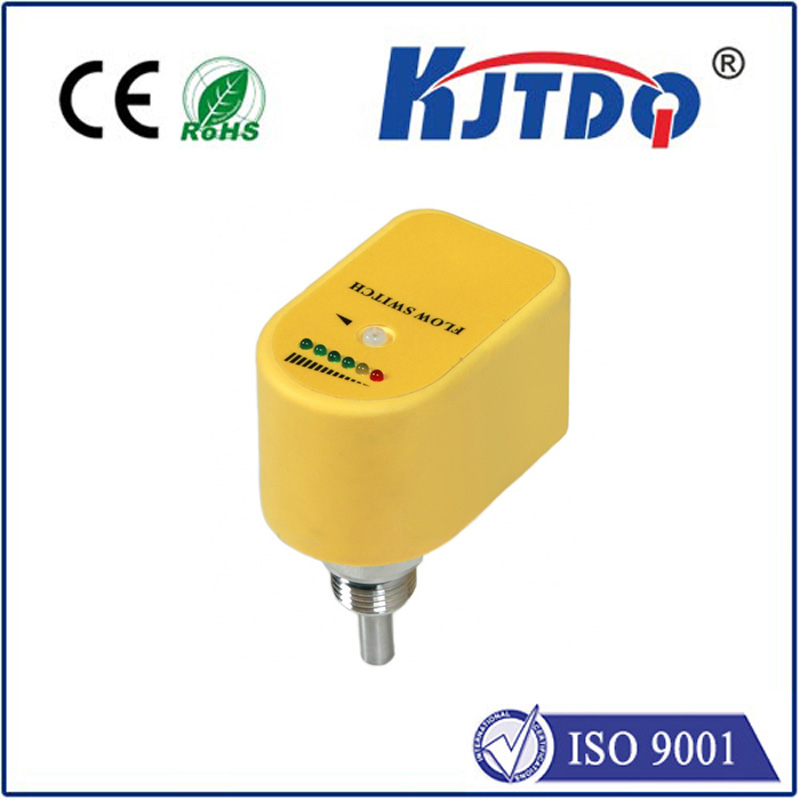

check

check

check

check

check

check

check

check

check

check
In the ever-evolving realm of technology, the significance of advancements often hinges on their ability to bridge gaps and enhance our perception of the world. Among such groundbreaking innovations, long range distance sensors stand out as a testament to human ingenuity and the relentless pursuit of progress. These remarkable devices have carved a niche for themselves across various industries, transforming how we interact with our environment and revolutionizing applications that were once confined to the realm of science fiction.
At their core, long range distance sensors are sophisticated tools designed to measure the distance to an object without any physical contact. They achieve this feat by emitting signals, which could be in the form of sound waves, light beams, or even radio waves, towards the target. When these signals bounce back after hitting the object, the sensor calculates the distance based on the time it took for the signal to return. This process, known as echolocation or sonar when using sound waves, allows these sensors to determine distances with incredible precision over extended ranges.

The impact of long range distance sensors spans across multiple sectors, each benefiting uniquely from their capabilities. In the automotive industry, for instance, they facilitate the development of advanced driver-assistance systems (ADAS) that enhance road safety by enabling features like adaptive cruise control, collision warning, and automatic emergency braking. Similarly, in the field of robotics, these sensors empower machines with ‘vision’ to navigate complex environments, avoid obstacles, and perform intricate tasks autonomously. In environmental monitoring and agriculture, long range distance sensors play a crucial role in resource management and conservation efforts. They enable precise measurement of water levels in reservoirs, monitor crop health by assessing vegetation density from afar, and even track wildlife populations without disturbing their natural habitats. Moreover, in smart city initiatives, these sensors contribute to efficient traffic management systems, optimizing energy consumption in public lighting, and enhancing security surveillance networks.
Despite their numerous advantages, integrating long range distance sensors into existing infrastructure poses certain challenges, including interference from environmental factors such as fog, rain, or dust that can affect signal accuracy. Additionally, ensuring data security and privacy in applications where personal spaces may be monitored is paramount. However, ongoing research and technological advancements continue to address these issues, paving the way for even more sophisticated and resilient sensor designs. Looking ahead, the future seems bright for long range distance sensors. With artificial intelligence and machine learning algorithms increasingly being incorporated into sensor technologies, we can anticipate enhanced data interpretation capabilities, improved real-time decision making, and ultimately, a smarter, more interconnected world. As these sensors become more affordable and accessible, their adoption across new domains will likely accelerate, unlocking potential applications we have yet to imagine.
Long range distance sensors epitomize the convergence of science fiction into reality, pushing boundaries and redefining what’s possible in numerous fields. Their ability to measure vast distances accurately and non-invasively has already transformed industries and holds promise for many more transformations to come. As we continue to refine and expand their applications, one thing remains clear: long range distance sensors are not just tools; they are catalysts for innovation, driving humanity forward into a future where technology seamlessly integrates with our environment and enhances every aspect of our lives.
